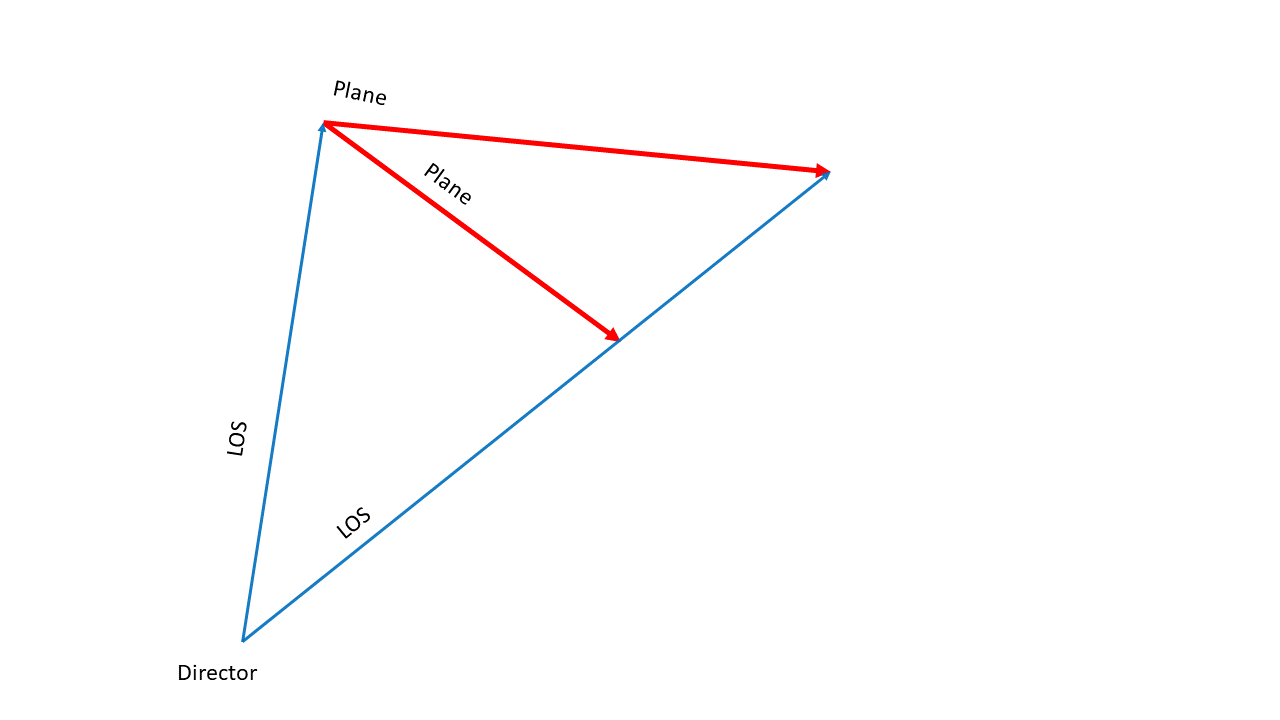dunmunro wrote: ↑Sat Feb 24, 2024 6:12 pm
1)The COFAS has a reticle for eye-shooting aim off. The GRU sight required that the target be kept centred in the crosshair to allow the gyro to compute the target rate.
2) With continuous radar ranging the GRUB (computer could (and must) calculate true target motion otherwise radar ranging would actually make predicted target position more inaccurate,
Is there a drawing for COFAS on HACS? The COFAS on Mk ll or Mk lll seems to be an open ring sight, which is completely different from Mk IV pom pom's control officer's optic.
I am sure Mk IV pom pom director does not have GRUB involved. The radar range and RF range are displayed to the range follower to put into the director setting. There are a few possibilities.
1. Range follower only input range --> unlikely, it makes RF range almost useless. A range clock would keep the range somewhat reasonable between cuts.
2. A simple Range clock --> director has a range clock allowing easier range keeping without Radar. But director doesn't use range rate for aim off/ superelevation calculation
3. Ragne rate calculation in aim-off and/or superelevation -> most complex, I will need a technical drawing/documentation to believe it.
HACS of course consider range rate, but that's another topic.
Even ignoring the range rate, range allows a better estimation of the most important ratio in aim off:
Average projectile velocity / target tangential velocity
I am sure this is implemented.
Range also allowed for superelevation to be added, but it will be most complicated, so I am not sure if it is added. It's a further question whether range rate is also considered. They could reasonably just zero individual guns for different ranges and ignore it from director.
